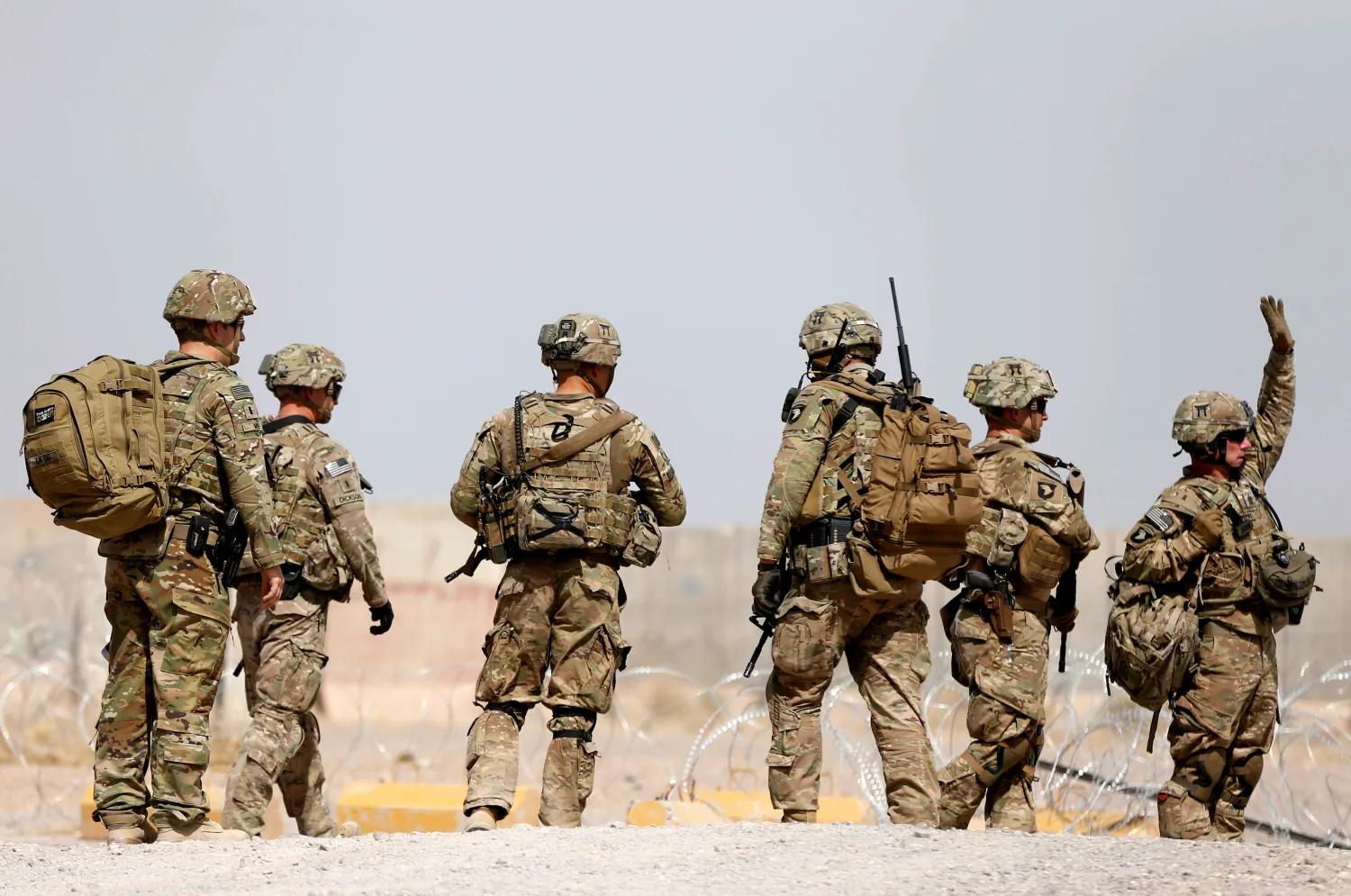Introduction: The Hidden Motive Behind 20 Years of Conflict
For two decades, the United States military remained in Afghanistan—officially to fight terrorism after 9/11. But buried beneath the mountains of this war-torn country lay a potential motive rarely discussed in mainstream media: $1-3 trillion in untapped mineral wealth, including lithium, rare earth metals, copper, and gold.
In 2010, a Pentagon memo called Afghanistan the “Saudi Arabia of lithium,” referring to its vast mineral deposits—critical for modern technology, electric vehicles, and military equipment. Yet, despite 20 years of occupation and billions spent on “reconstruction,” Afghanistan remains impoverished, while its resources remain largely unexploited.
This investigation examines:
✔ Afghanistan’s staggering mineral wealth and its strategic importance
✔ Declassified Pentagon reports discussing economic potential
✔ Failed U.S. efforts to extract resources due to war and corruption
✔ China’s growing control after the 2021 Taliban takeover
Was the war truly about security—or securing these resources?
1. Afghanistan’s $1 Trillion Mineral Bounty
A. The USGS Report (2010): A Hidden Treasure Trove
A U.S. Geological Survey (USGS) assessment revealed Afghanistan’s staggering mineral deposits:
- 60 million metric tons of copper (worth $88 billion)
- 2.2 billion tons of iron ore
- 1.4 million tons of rare earth elements (essential for tech and defense)
- Massive lithium reserves (key for Tesla, Apple, and the Pentagon)
📌 Source: USGS – Afghanistan Mineral Resources
B. Why These Minerals Matter
- Lithium & Rare Earths: Power electric car batteries, smartphones, and missiles.
- Copper: Critical for electrical wiring and infrastructure.
- Gold & Iron: Traditional commodities worth billions.
Yet, due to war, corruption, and poor infrastructure, Afghanistan never capitalized on this wealth.
2. The Pentagon’s Sudden Interest (2004-2010)
A. The “Saudi Arabia of Lithium” Memo
A leaked Pentagon document from 2010 stated:
“Afghanistan could become the ‘Saudi Arabia of lithium’—a key player in the global energy transition.”
This framing suggested economic interests overlapped with military objectives.
📌 Source: The New York Times – “U.S. Identifies Vast Mineral Riches in Afghanistan”
B. The Task Force for Business Stability (TFBSO)
In 2010, the Pentagon created the TFBSO to “stabilize” Afghanistan’s economy.
- Officially: Attract foreign investment in mining.
- Reality: Most projects failed due to Taliban attacks and corruption.
A SIGAR audit later found that $43 million was wasted on a single gas station.
📌 Source: SIGAR – “Waste in Afghanistan Reconstruction”
3. Why Extraction Failed: War, Corruption, and the Taliban
A. The $488 Million Aynak Copper Disaster
- 2007: A Chinese state company (MCC) won rights to Aynak copper mine (worth $50+ billion).
- 2014: Project collapsed due to insurgent attacks and mismanagement.
- Result: Zero copper extracted despite U.S. security efforts.
📌 Source: Bloomberg – “China’s Failed Afghan Mining Bet”
B. The Taliban’s 2021 Takeover: Who Controls the Minerals Now?
After the U.S. withdrawal, the Taliban regained control of all mineral rights.
- 2023: China signed a $540 million oil deal with the Taliban.
- 2024: Negotiations ongoing for lithium and copper mining.
📌 Source: Reuters – “China’s Growing Influence in Afghanistan”

4. The Military-Industrial Complex Connection
A. Halliburton, Bechtel, and DynCorp’s Role
Major U.S. contractors profited from “reconstruction” projects near mineral zones:
- Halliburton: Built infrastructure in mining regions.
- Bechtel: Awarded contracts for road construction.
- DynCorp: Provided security for mining surveys.
📌 Source: The Intercept – “How Contractors Profited from Afghan Minerals”
B. Gen. Petraeus’ Admission (2011)
“Afghanistan’s mineral wealth could either fund the insurgency… or our allies.”
This statement reveals how resource security factored into military strategy.
📌 Source: The Guardian – “Petraeus on Afghanistan’s Resources”
5. China’s Rising Dominance (2021-Present)
A. The Belt and Road Initiative (BRI)
China is now the dominant player in Afghan mining:
- 2023: Secured oil extraction rights.
- 2024: Pursuing lithium and copper contracts.
Unlike Western firms, China faces no pressure over Taliban human rights abuses, giving it an advantage.
📌 Source: Financial Times – “China’s Afghan Mining Strategy”
B. Will the U.S. Lose the Resource Race?
- China has closer Taliban relations.
- U.S. sanctions block Western investment.
The tragic irony? After 20 years and trillions spent, China stands to benefit most.
FAQ: Was the War Really About Minerals?
Q: Did the U.S. invade Afghanistan for its resources?
A: No direct proof, but documents show economic interests aligned with military goals.
Q: Who benefits from Afghanistan’s minerals today?
A: China, Pakistan, and the Taliban—while Afghans remain in poverty.
📌 Source: BBC – “Afghanistan’s Resource Curse”
Conclusion: A War for Resources or a Costly Miscalculation?
Afghanistan’s $1 trillion mineral wealth remains largely untapped. The U.S. failed to secure it, while China moves in. Was the 20-year occupation a strategic blunder—or an unspoken resource grab?
What do you think?
✔ Share this investigation.
✔ Comment: Was it about terror—or minerals?




